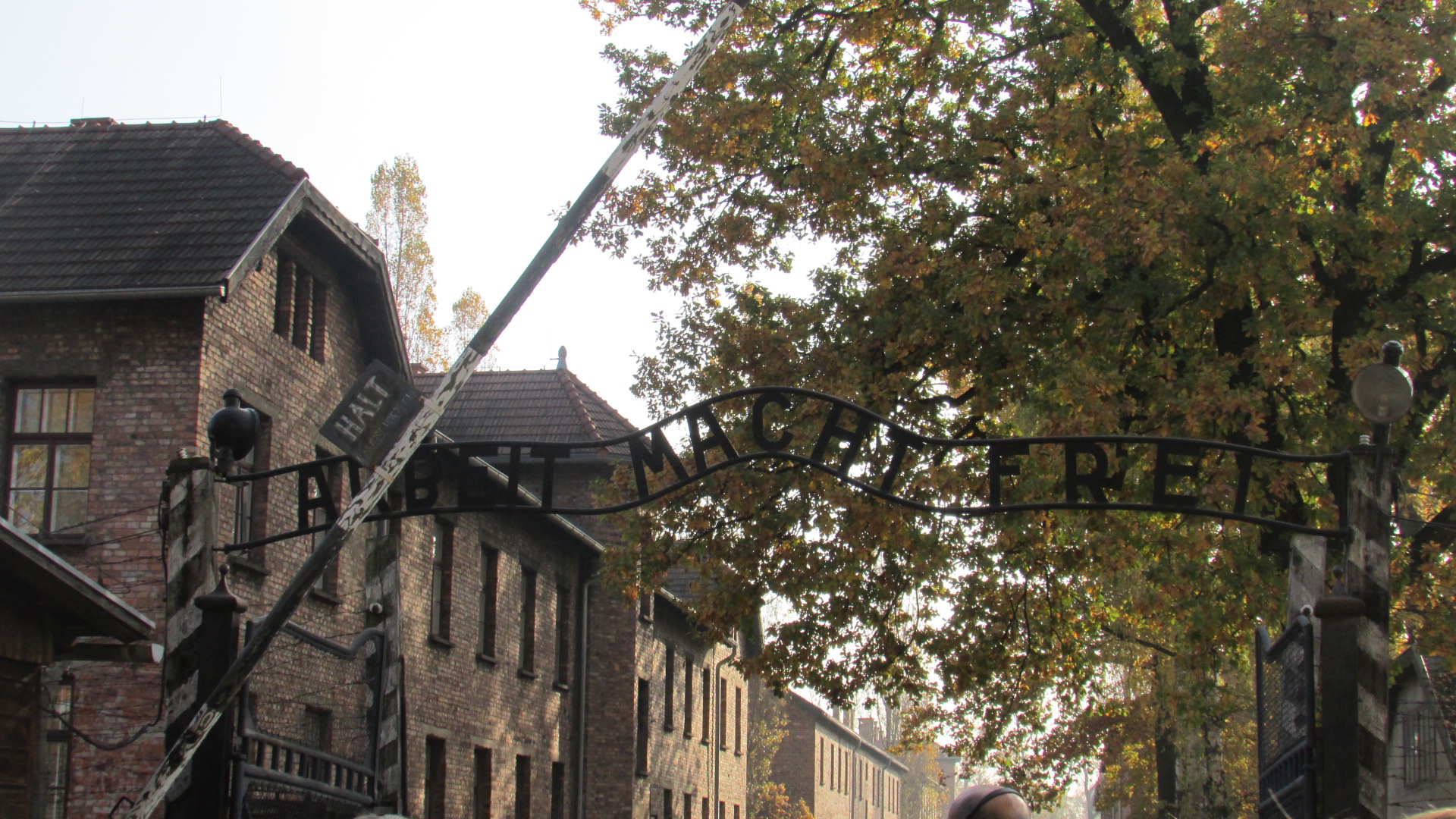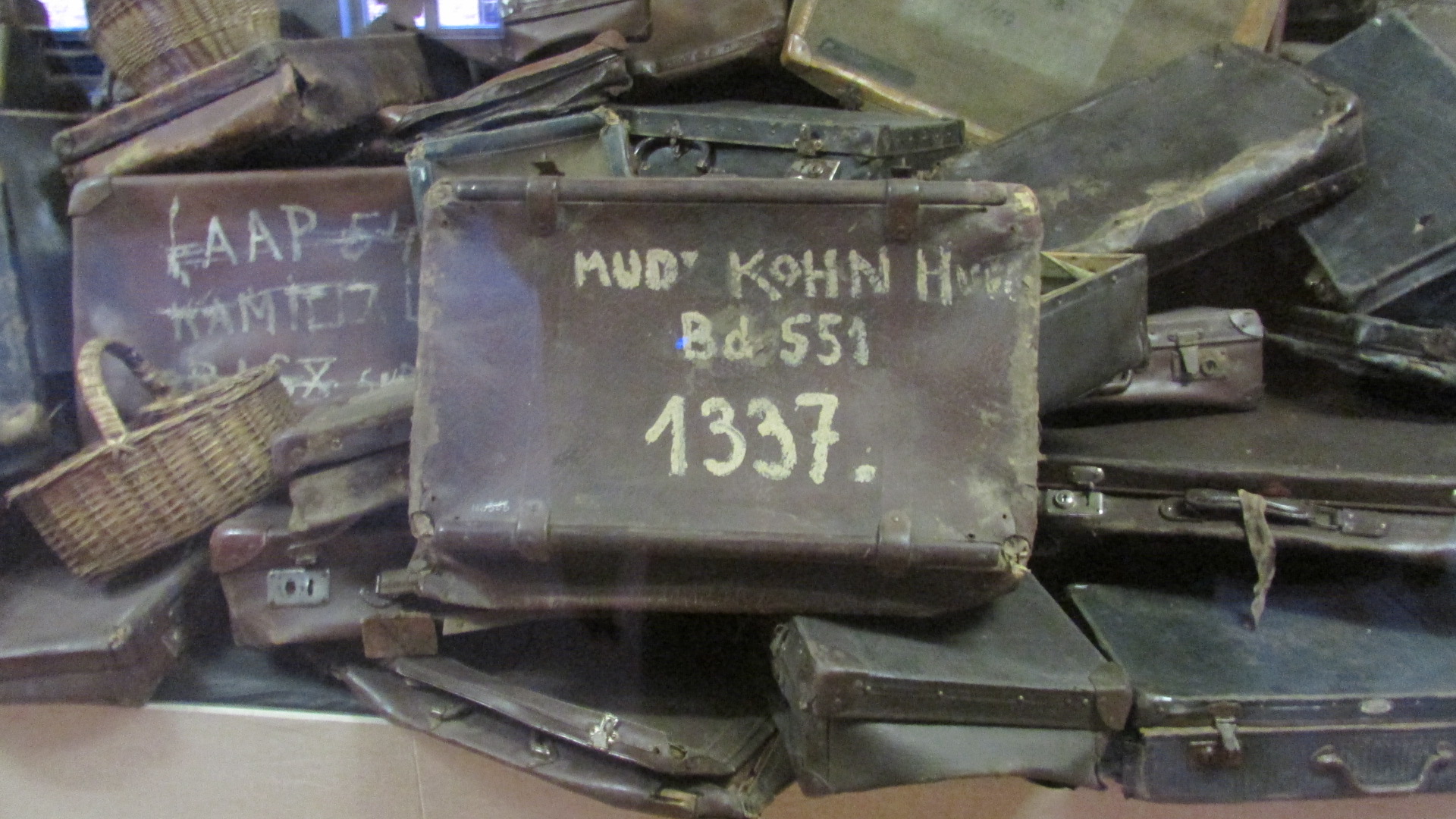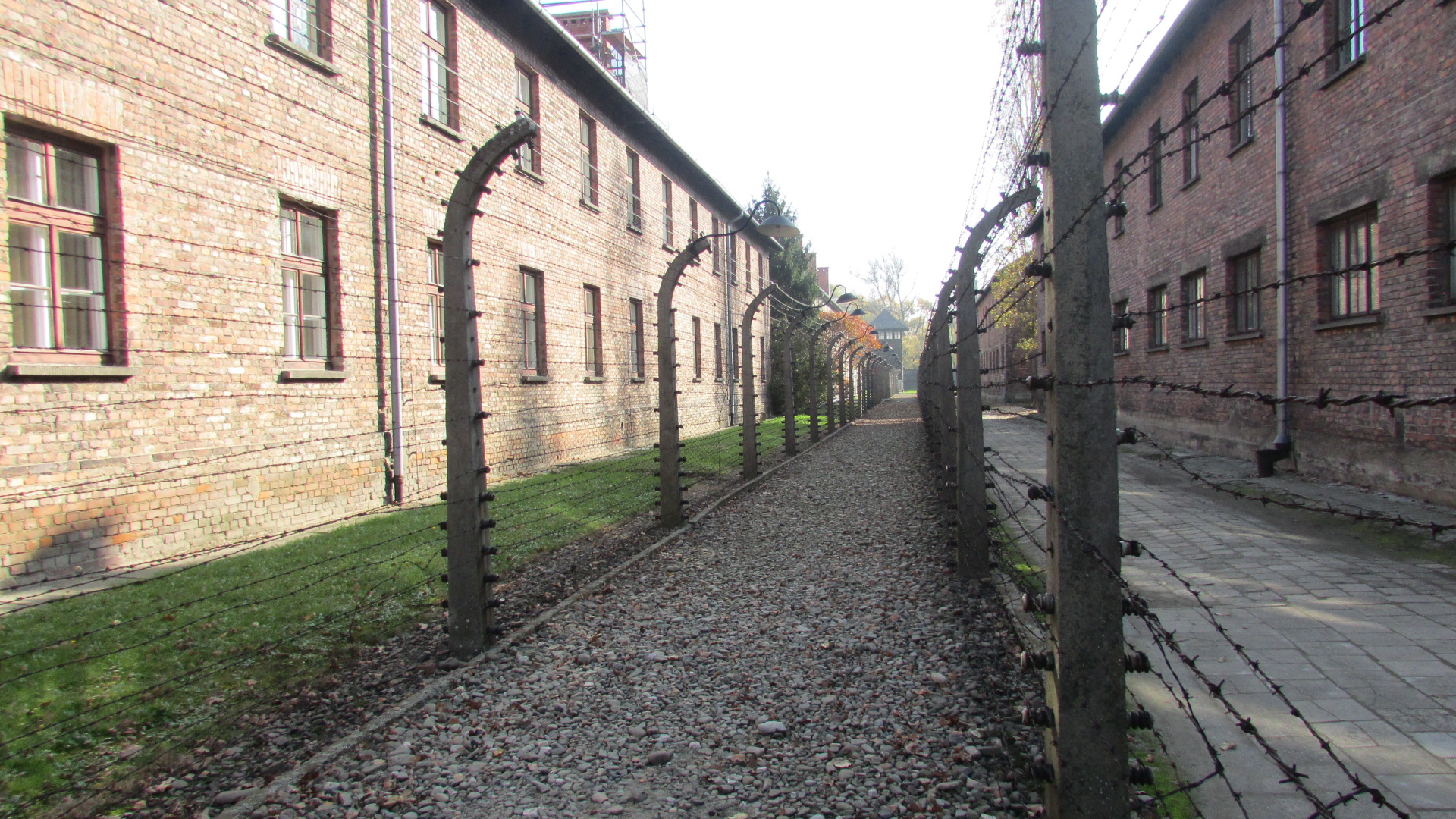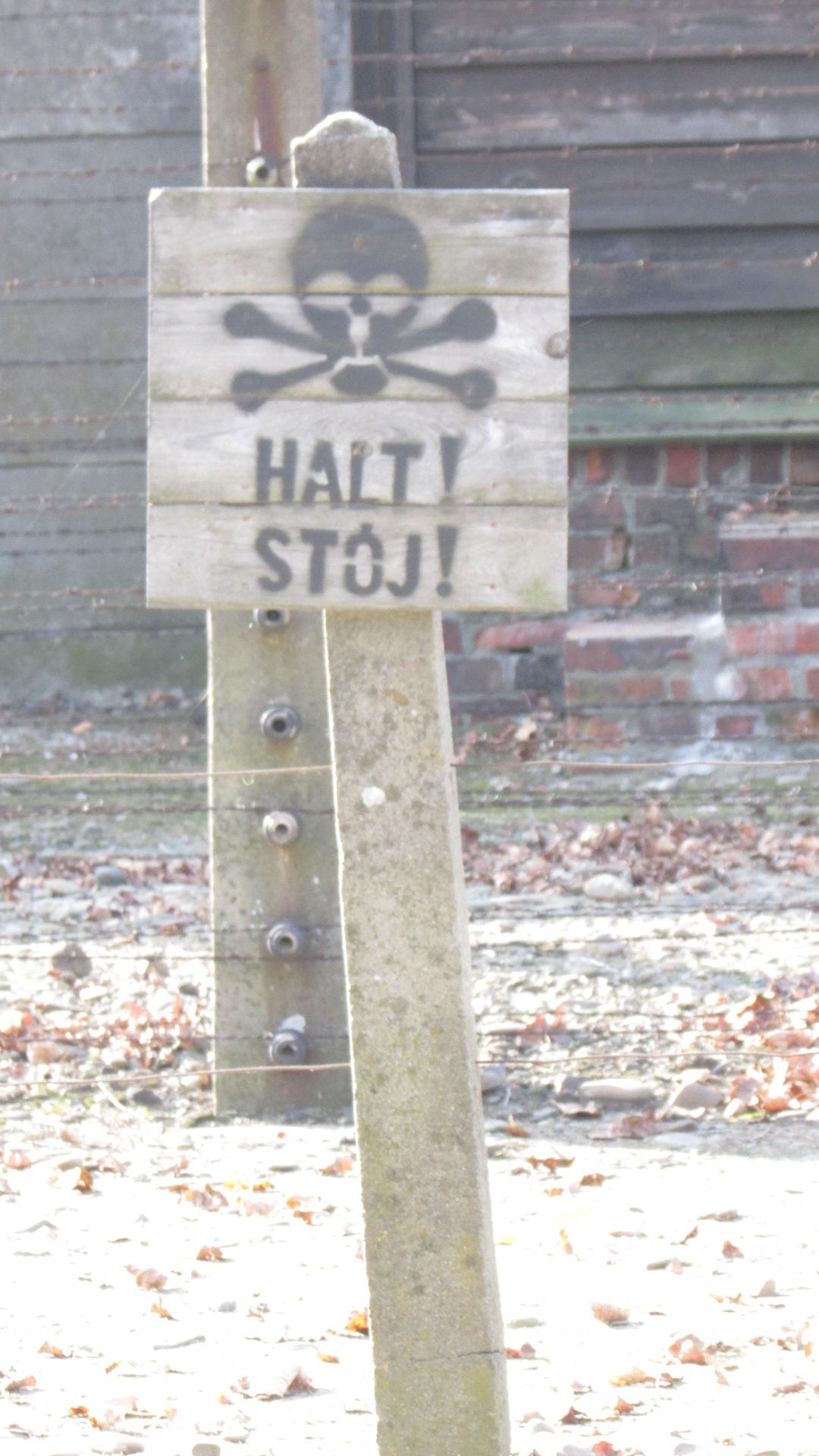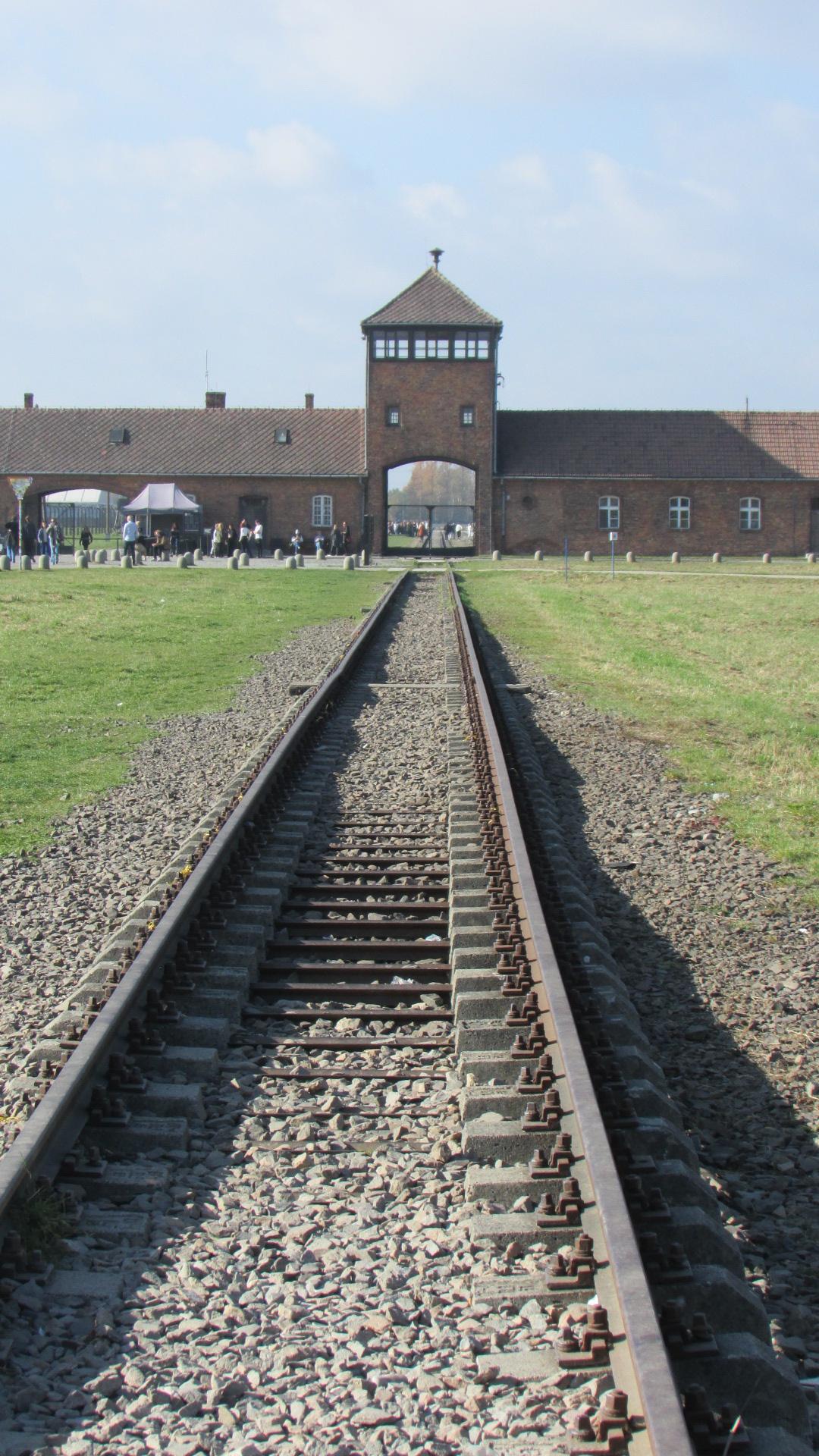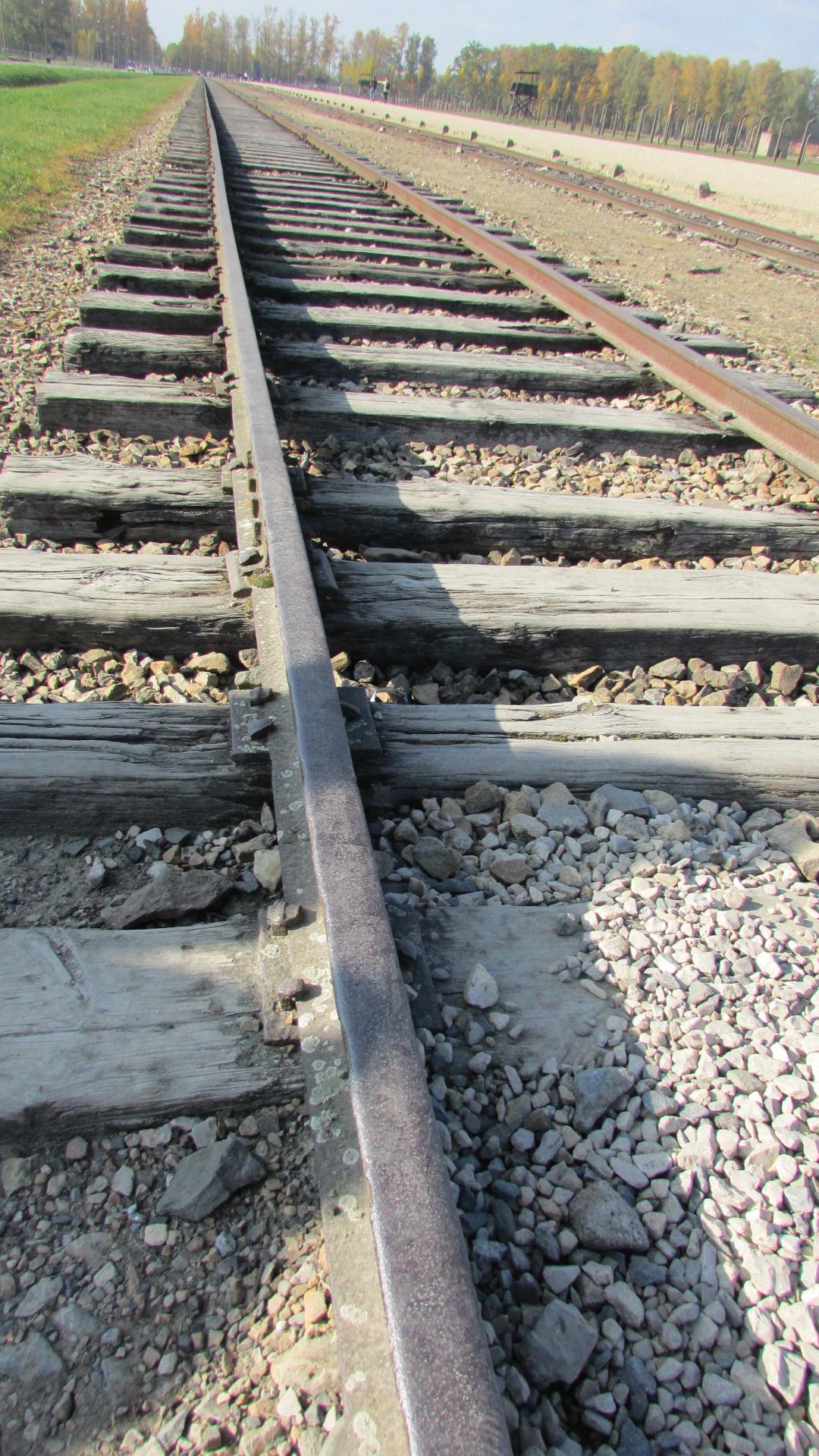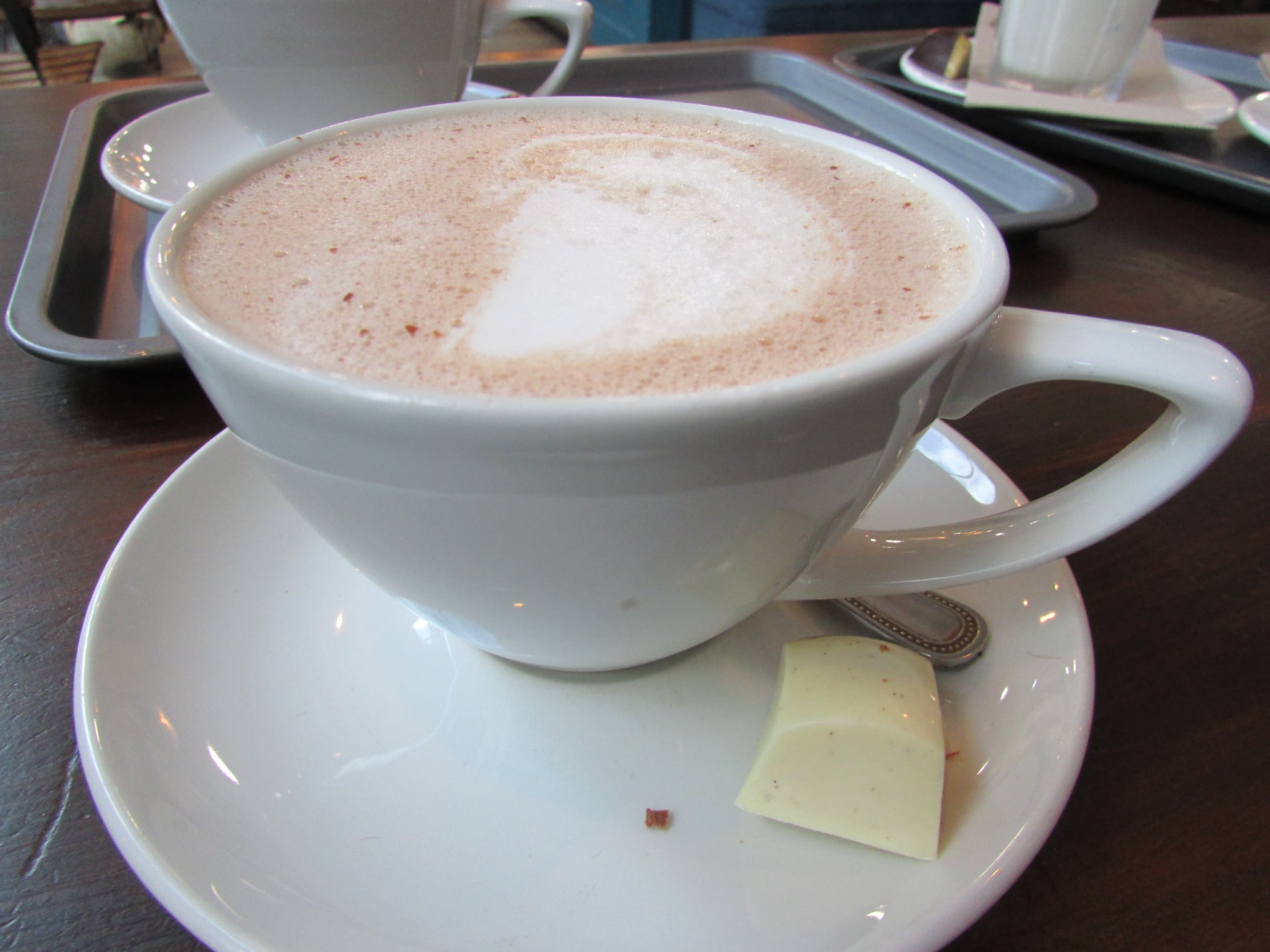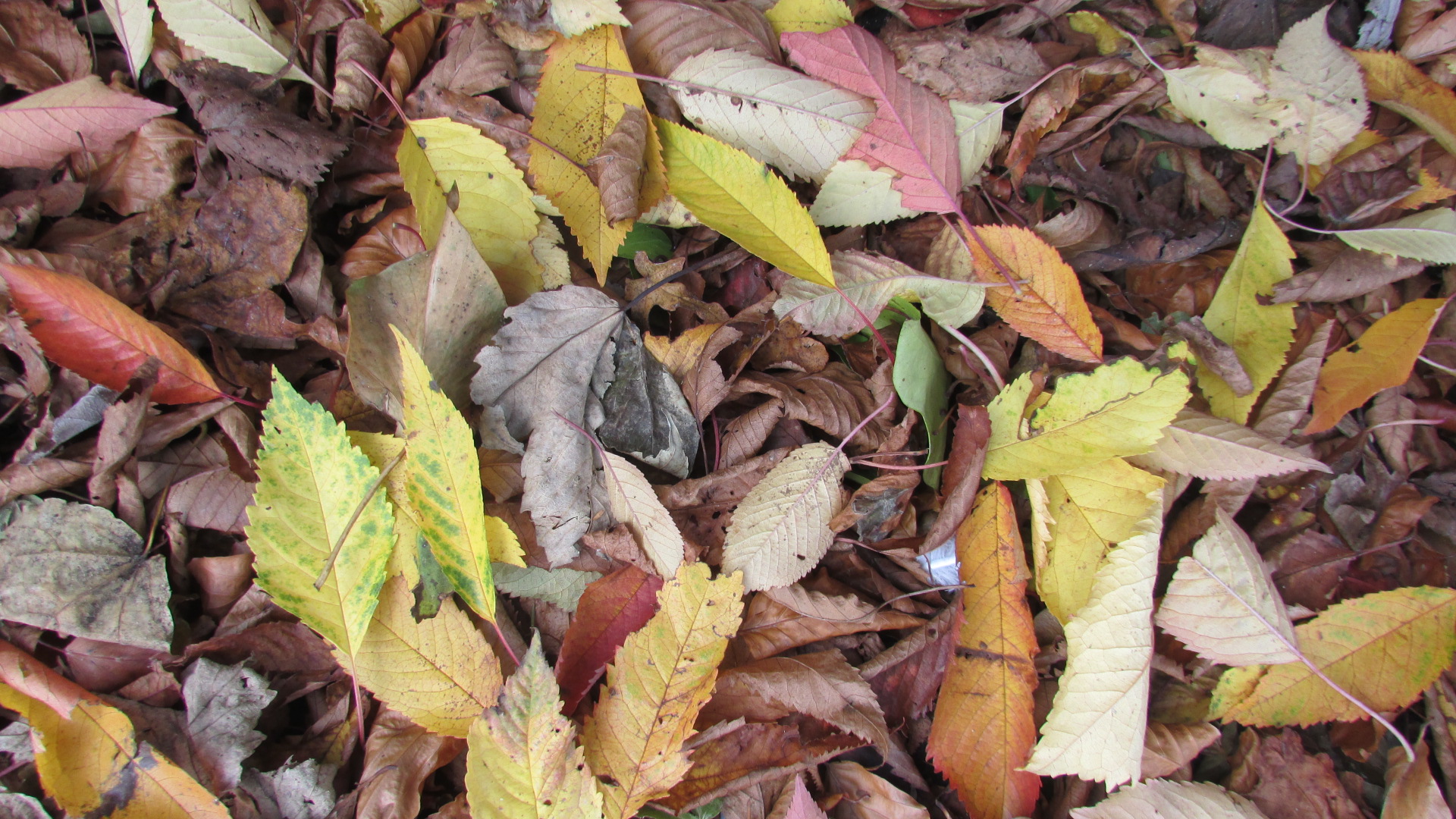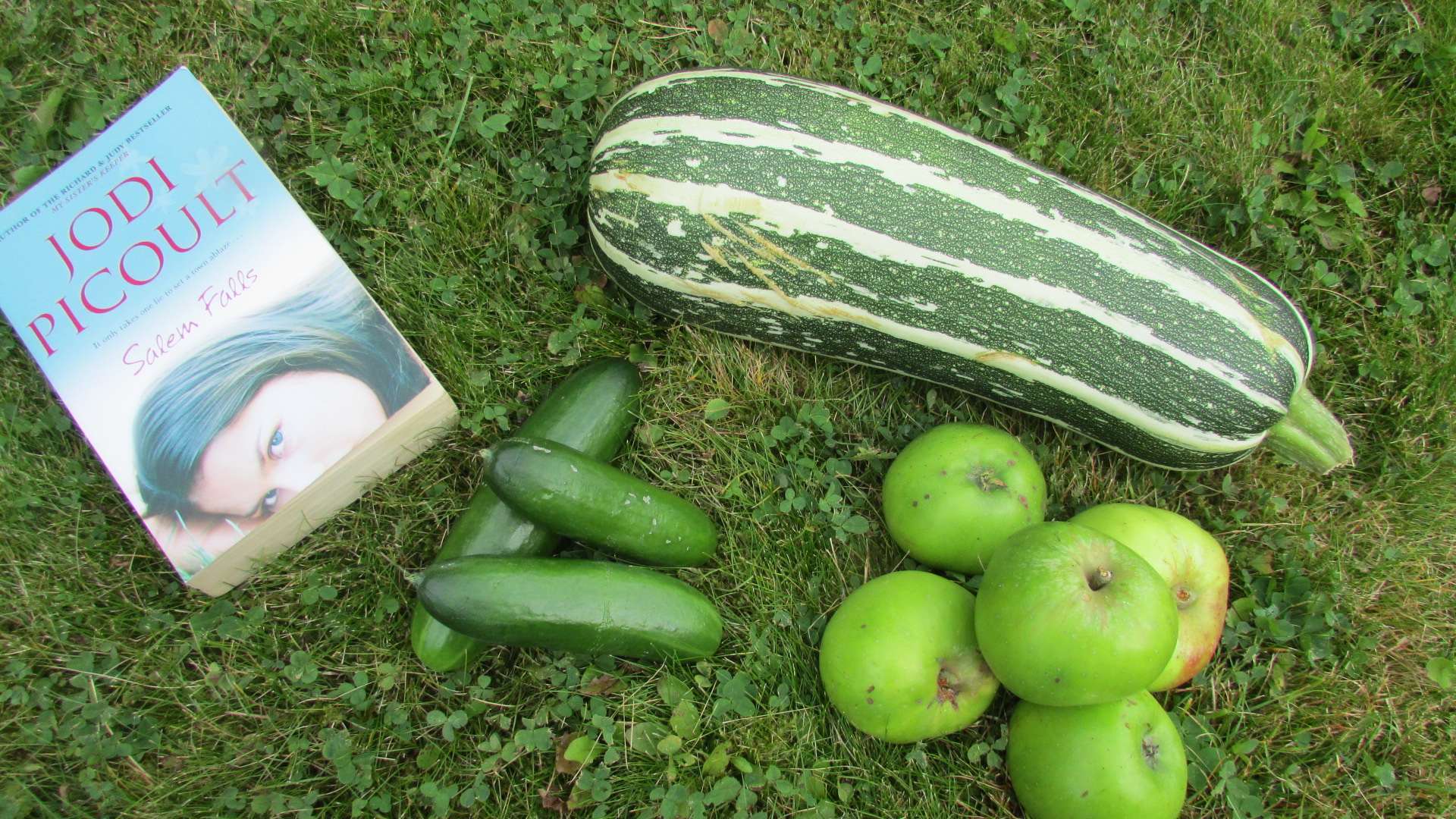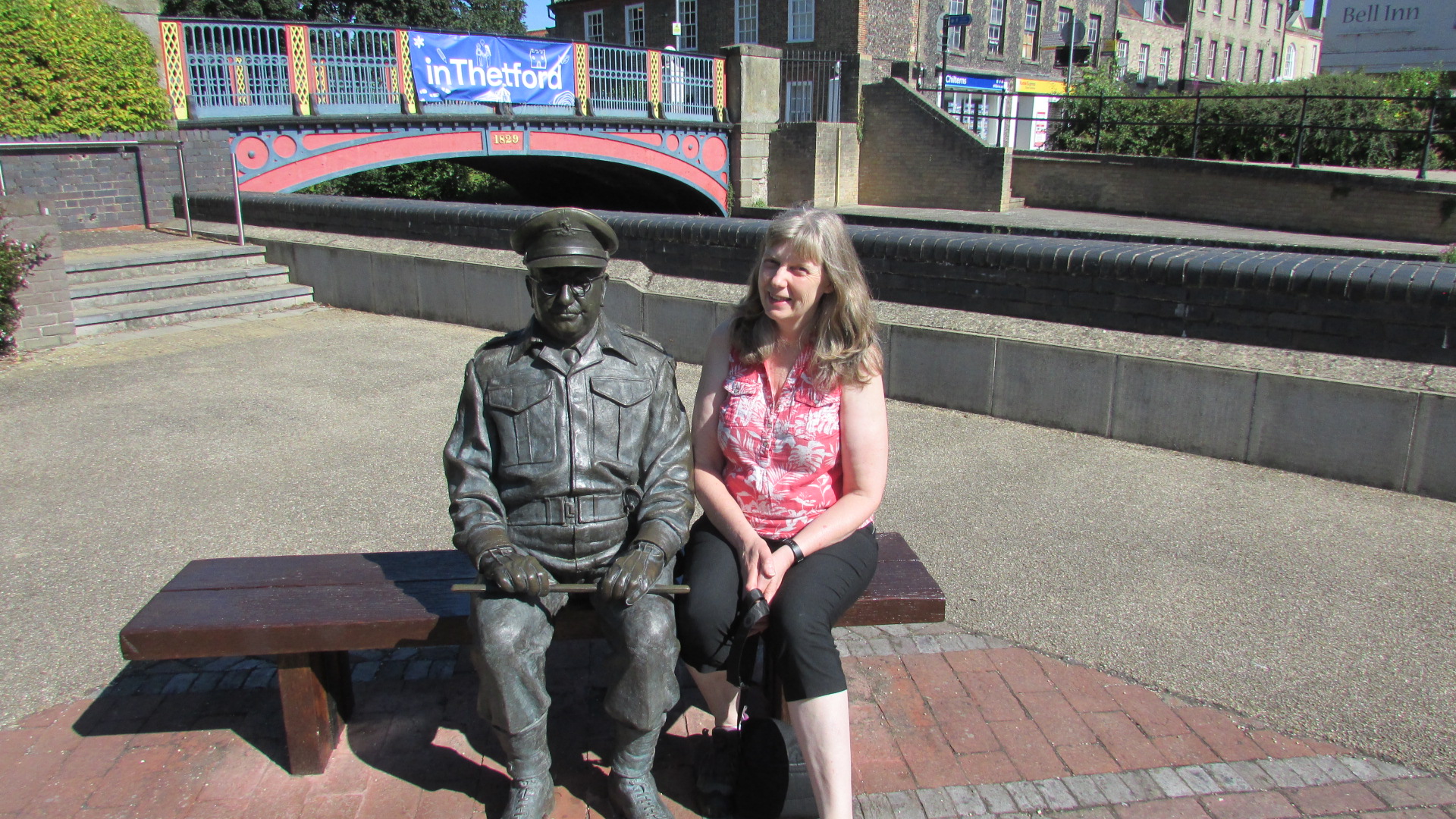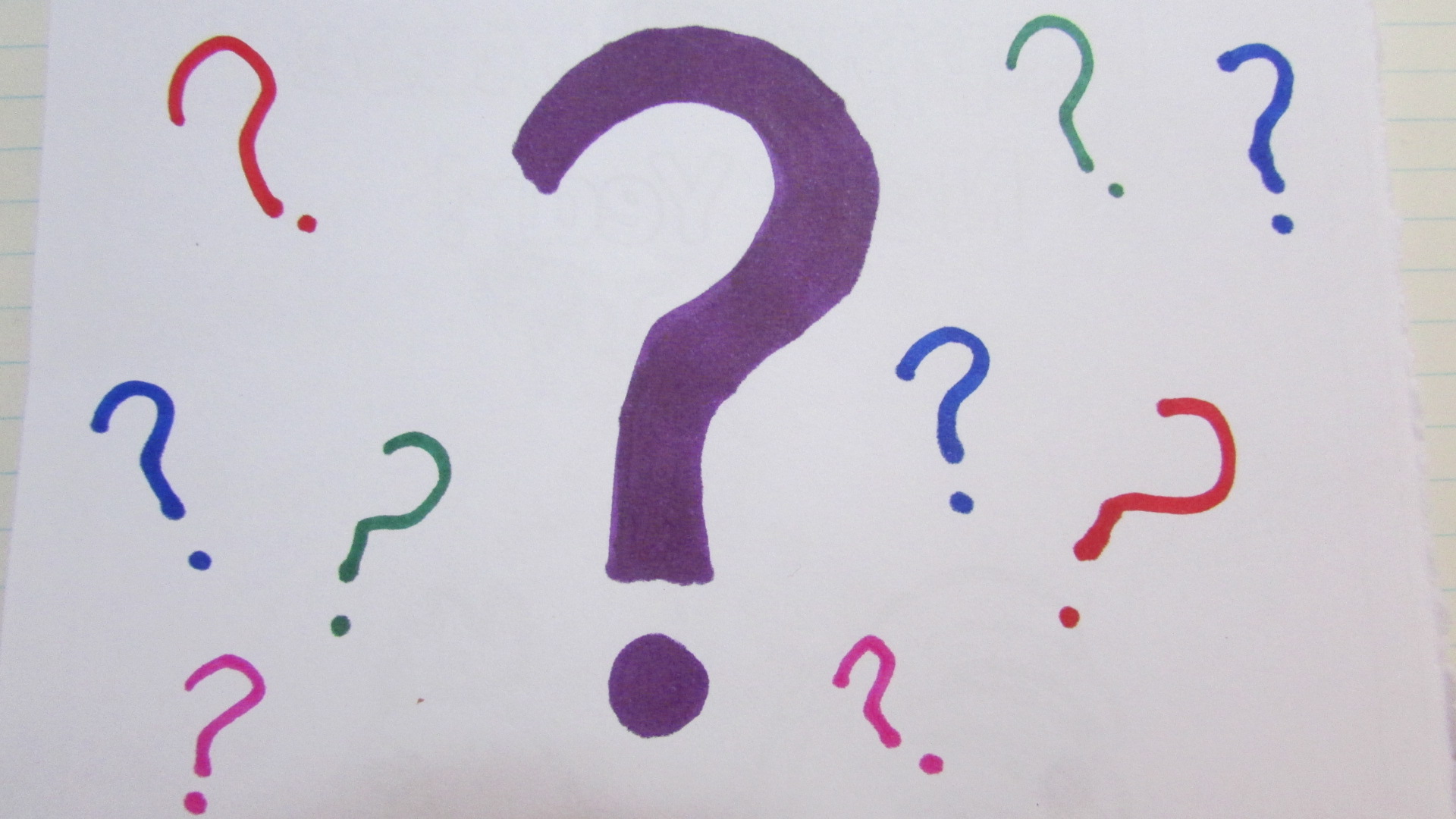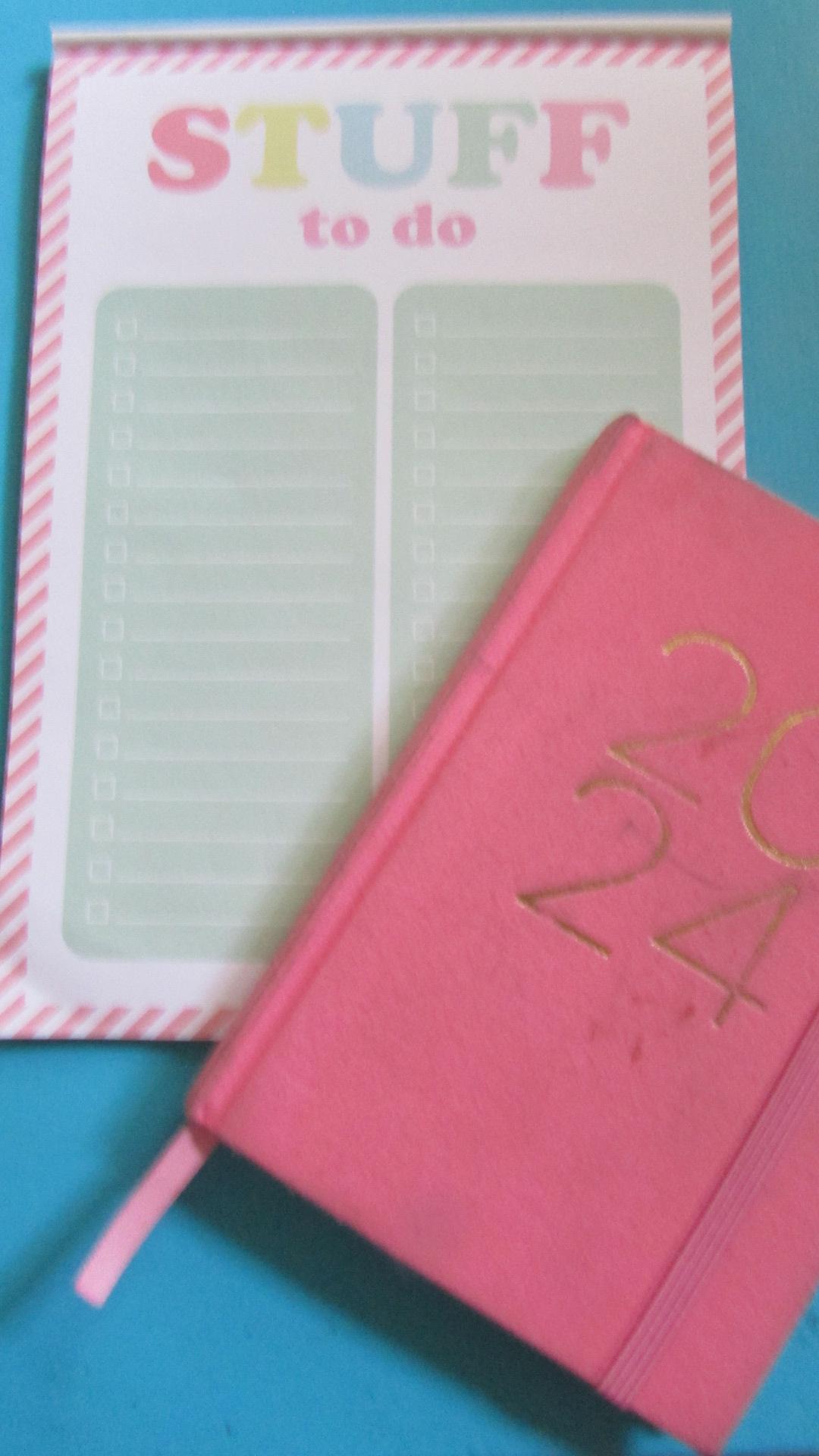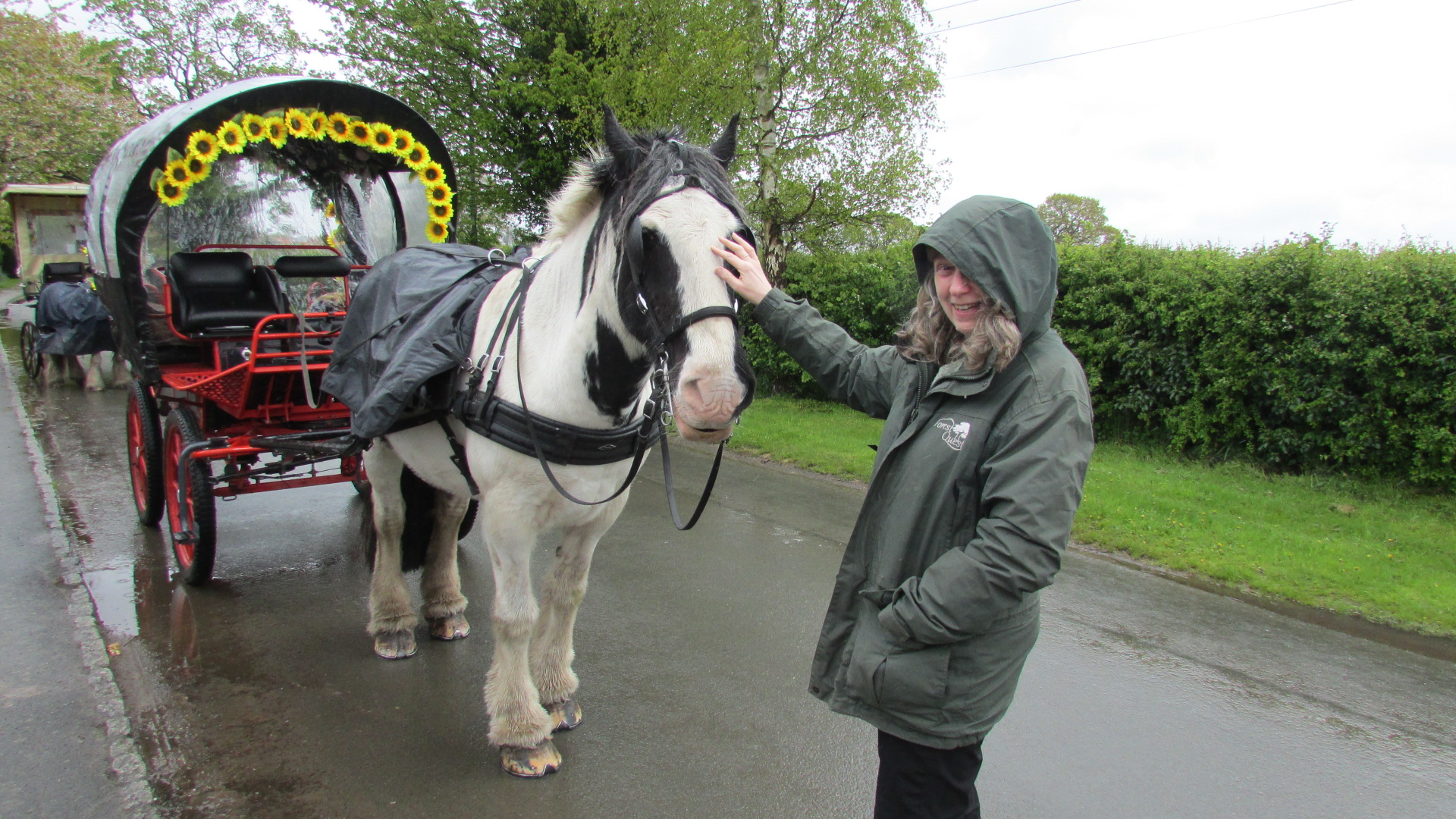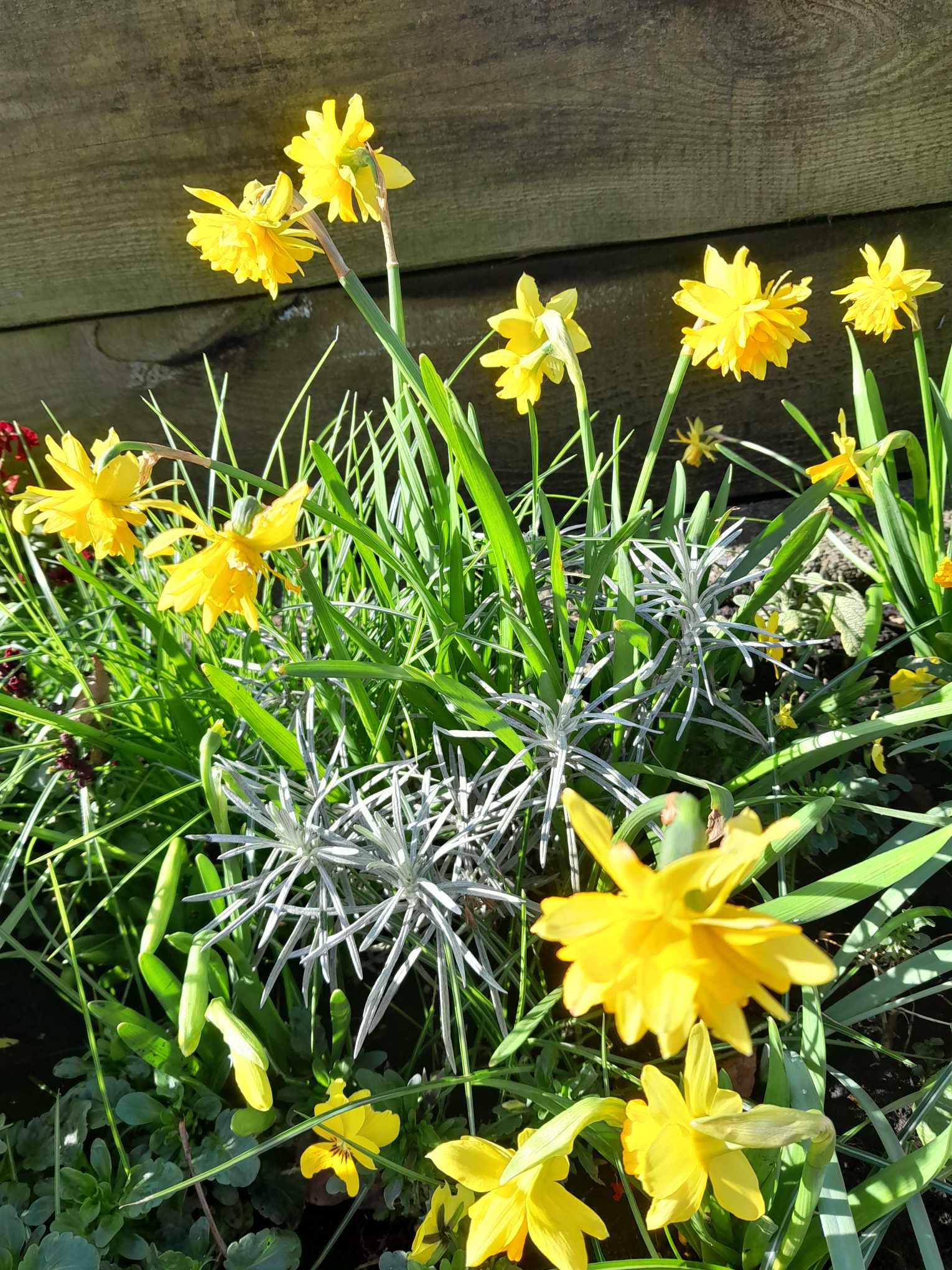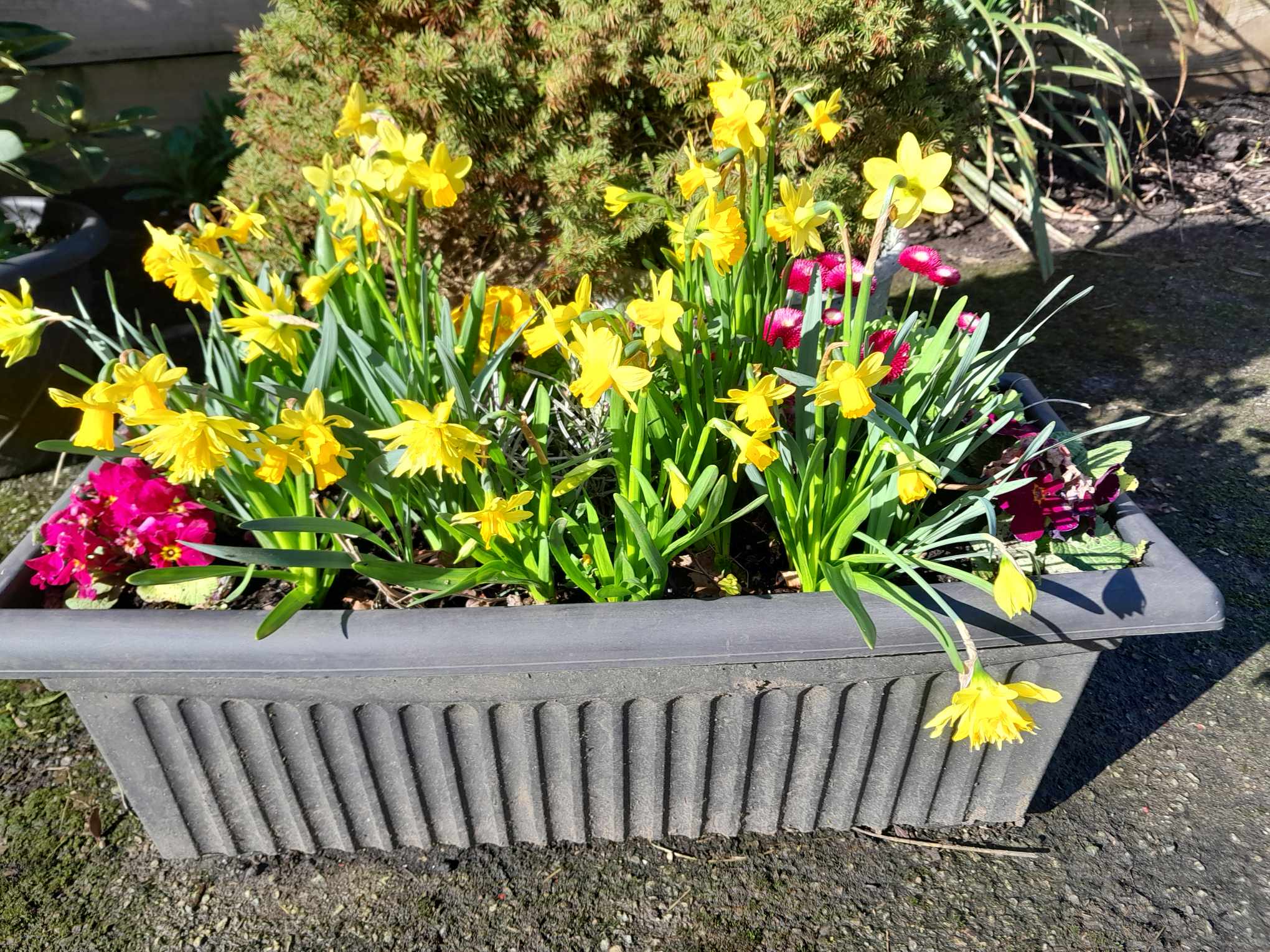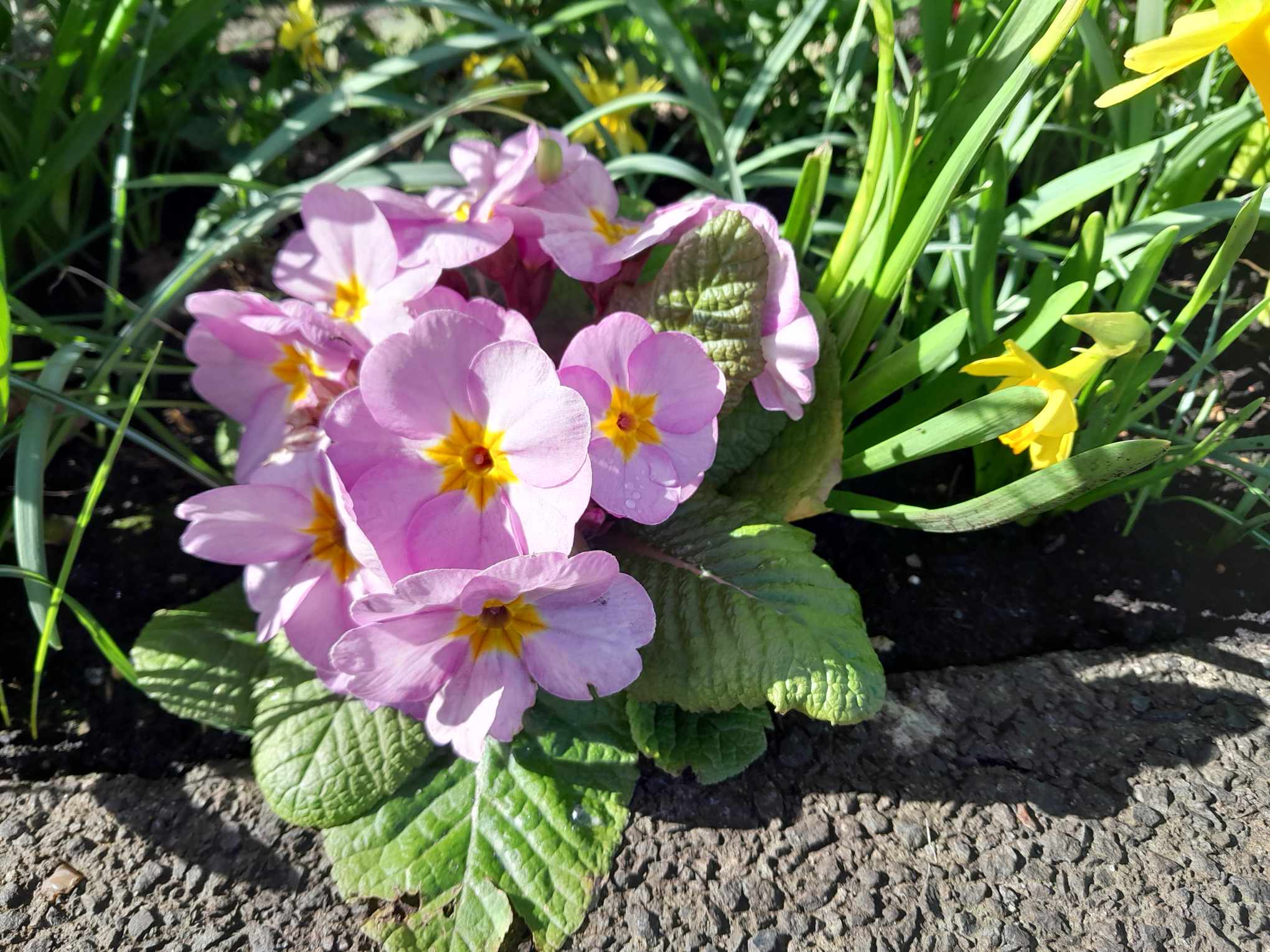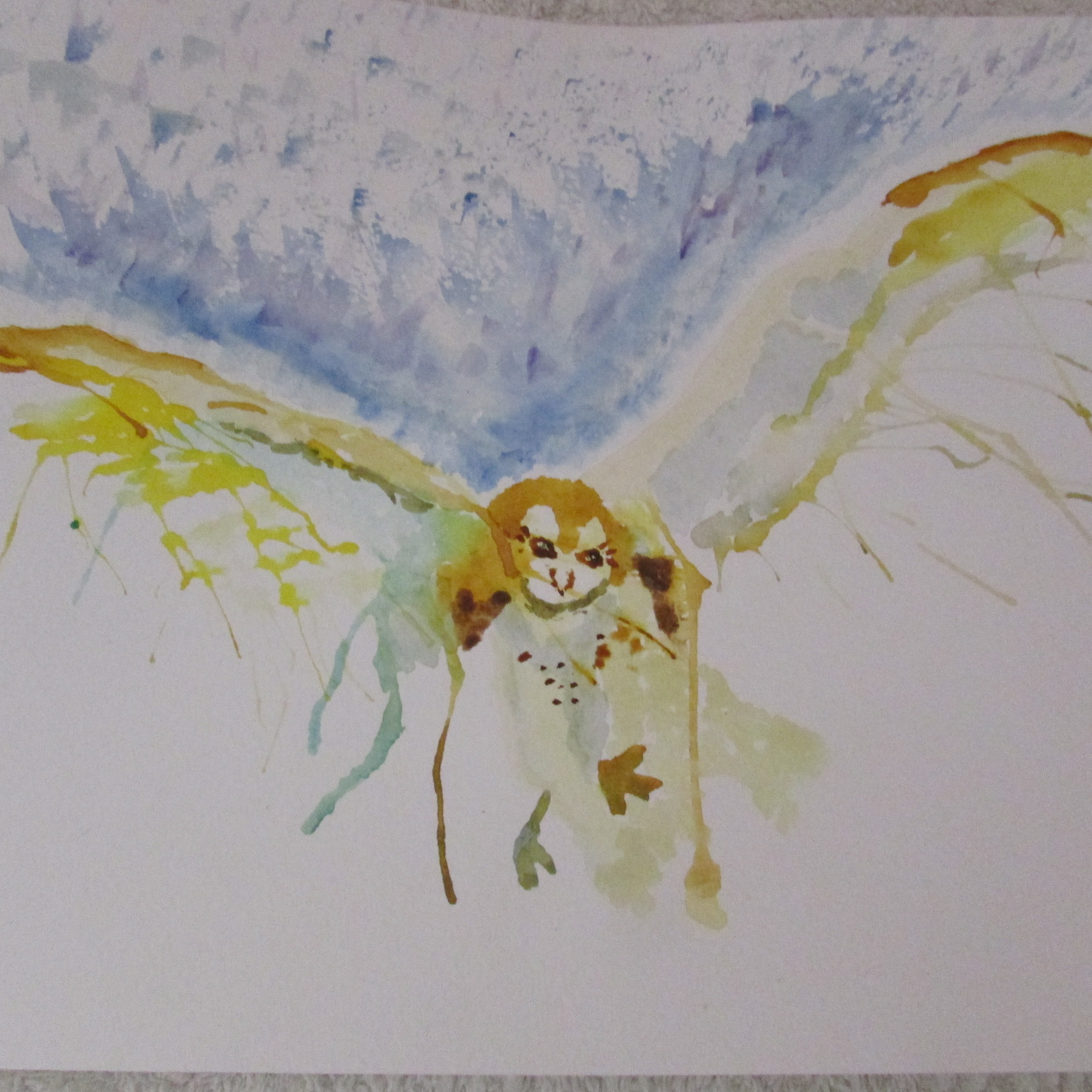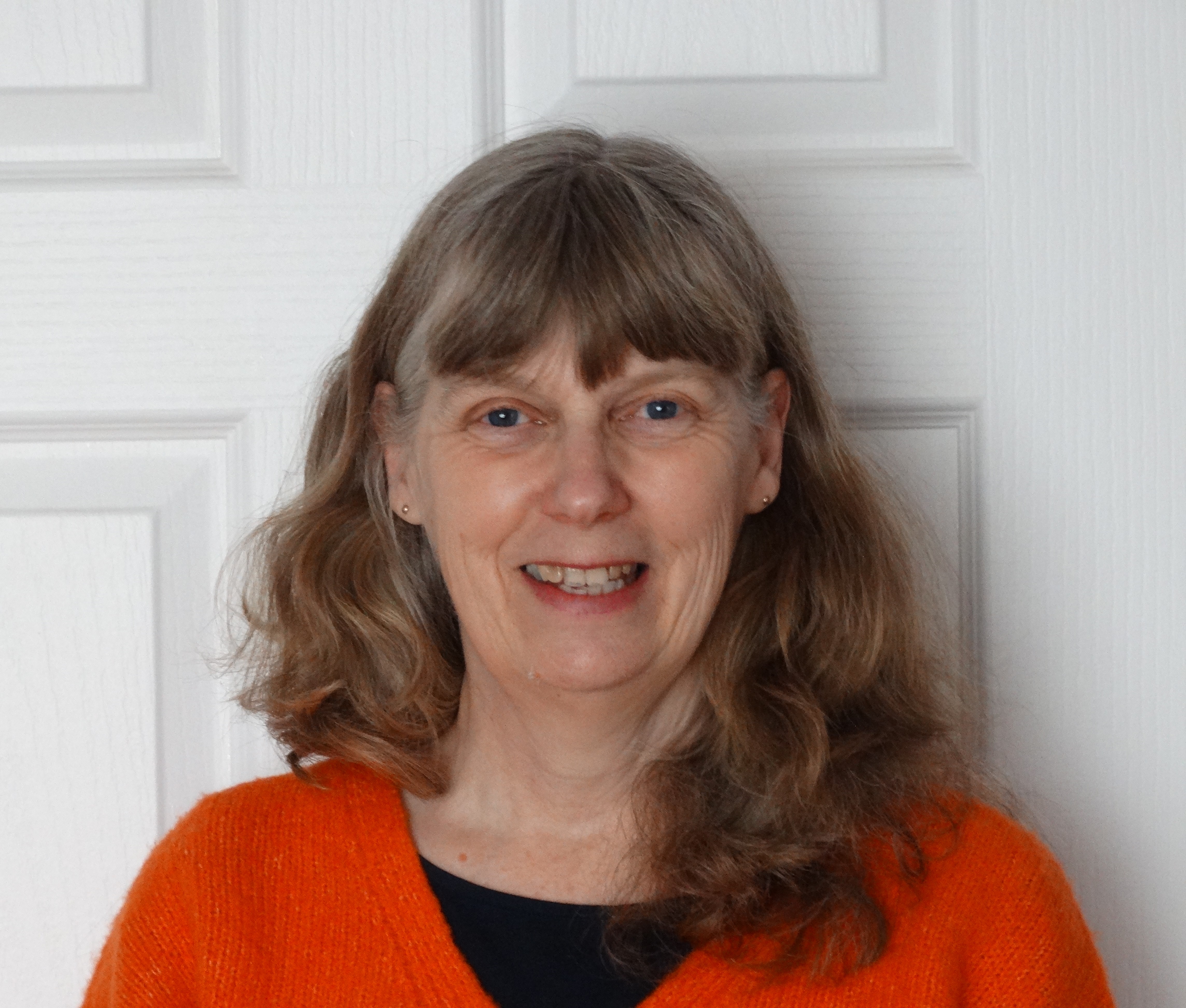I was lucky enough to spend a few days in Krakow last month.
I’d never been before but it had been on my travel ‘wish list’ for many years.
It is a beautiful city. There are old colourful buildings, horses and
carriages, beautiful parks, statues and memorials. We had a fascinating few days absorbing a
different culture and seeking out many historical areas.
But for me, the main reason for visiting Krakow, was my
desire to see the Jewish ghetto and Auschwitz. This has surprised many who feel
that the past should stay in the past, that it is gloomy, upsetting and
something that perhaps we should not talk about. My daughter and I spent a day walking
around the Jewish Quarter visiting the chair memorial in Ghetto Heroes Square,
the Pharmacy under the Eagle, finding remnants of the Ghetto walls, observing synagogues
and memories of difficult and dreadful times. Another day was spent at the
Auschwitz/Birkenau sites – places I have read about for many years.
I’ve often been asked why I have read so many accounts of
Auschwitz and it is not something I have really been able to explain. To be
honest, I don’t really know why but I have read many survivor stories. I’ve
been appalled at the treatment they have received, the losses that they
experienced and the horror of their tales but I have also been astounded by
their courage, their will to live and their ability to move on and create a new
life once the atrocities came to an end. I have never and will probably never
understand how people can move forwards following such appalling treatment and
such incredible loss. But having read so many stories, visiting the places
themselves was important to me so that I could have a better understanding of
what they were describing, I wanted to absorb the atmosphere and to think about
what had happened there.
‘I don’t know why you want to go there,’ was a common
response when I told people where I was going. And this both surprised and
shocked me. In my mind, atrocities such as this should never be forgotten. To
me it should be taught in schools and universities so that future generations are aware of what
man is capable of and the true horror of what one human being can do to another
because of their beliefs.
The day I visited it was scorching hot. I thought about the descriptions of inmates
standing for hours in the cold and the wet and how dreadful it must have been
and then I thought again, how equally dreadful it must have been for them standing outside in
the heat, with no shade or water, for hours on end. I thought about how we as visitors
were not allowed to take food on the site, but those who were incarcerated
there had very little if any food. And I thought about how I really didn’t
think I could have eaten while I was in there because it would seem wrong to me
after the accounts that I had read.
I walked around various areas recognising things I had read
about, and passages from various accounts appeared in my head as I witnessed one
thing after another. The pile of suitcases, the heap of enamel pots and pans
and the mountain of shoes, and I took photographs. I took many photographs. Had I
had more time, I would have taken even more photographs. I wanted to capture
everything I saw. The famous sign over the entrance gate to Auschwitz, the
train tracks, the cattle cart, the signs, the barbed wire. These were all
images I had seen on films or had pictured in my mind but was now seeing in
reality.
But should I have been taking photographs at all at what is undoubtedly
an area of mass killings and graves? It is something I thought long and hard
about before I went and even as I was there. Was it the right thing to do? Or
even an acceptable thing to do?
The place was exceptionally busy. Visitors amount to 7 or 8
thousand every day. And many many people were taking photographs. I don’t know their
reasons for doing so and I only witnessed one case when I recoiled and thought,
no, that is not appropriate. I was surprised that there were very few areas
that photography was banned and the
guides did not discourage people from taking photographs in permissible areas.
What would your decision be? In my case,
I decided that I wanted take images to study at a later date. The tour guides
take you around the site incredibly quickly with little time to stop, think and
absorb the true horror of what occurred there.
There wasn’t time to think of the people, the individuals who had suffered so much, though
our guide was excellent at getting us to stop and humanise some of the things
we saw. For instance, as we looked at the pile of shoes collected from people
as they entered the camp, she told us to focus on one shoe and remember that it
once was worn by a real person, a person who was stripped of all their
belongings and probably did not survive. When you thought like that, the pile
of shoes suddenly became so much more – it was the memory of hundreds of
thousands of people caught in a horror they could never have imagined. So taking a photograph would
help me to consider this later, to truly think deeply about the history of the
place and the people that were there.
But more importantly to me, I took lots of photographs to
show to other people: to people who would never visit the camp, who might not
actually know about the camp and what went on there and who possibly wanted to
forget that these events actually happened. In my mind, by taking photographs
and showing them to others I am keeping alive the history, the events, the
horrors and the people that experienced them. I am showing the world that these
horrors took place and should never be forgotten or brushed over. I am showing the world that we should learn
from these events to ensure that they never happen again. And I am showing the world that the people
who were taken there and who never left, should never ever be forgotten. They were wives, mothers, daughters, sons,
fathers, uncles, grandparents and so on.
They existed. They were alive.
They were once vibrant people with lives to live and families to care
for. If no one visited and no one took
photographs then how would we remember? Would the horrors that took place just
be hidden away, never talked about and pushed to the backs of peoples minds? I
don’t want that so I am happy with my decision to take as many photographs as I
did.
As I walked around, I did think before taking each
image. I respected the areas we were
told not to photograph and although it was permitted, I specifically chose not
to take images of the ovens inside the crematorium. Many people did but for me
this was not acceptable. I paid my respects and I moved on. It was a personal
decision but I did wonder why photographs were permitted there but not in other
areas.
There was just one point in my visit that I thought ‘This is
wrong.’ And that was a couple with their
daughter who were taking photographs just as I was. However, the difference was
that in my case, I took pictures of the things I was seeing. There were no
people in them unless it was a long distance shot with visitors that happened
to be there. This couple put their child
in front of certain things and said ‘smile.’ They were taking holiday
snaps. I was taking photos of historical
events. To me there is a big difference.
A holiday snap on a beach, in a hotel, in the village square, fun park
of whatever is absolutely fine but taking a holiday snap in front of a wooden
bunk bed where people were forced to sleep on bare boards with no warmth, or by
the crematorium or by the pond where ashes from the crematorium were thrown was
just wrong. It disrespected the historical importance of the place but most of
all it disrespected the people who had lived, suffered and died there.
So was I right to take photographs at all? That is up to you
to decide. In my mind, it was an acceptable decision and the various people I have shown them to
will remember the events and respect those involved. We might not know the names of the many
thousands of people incarcerated in Auschwitz but we remember that they were
there and we remember why they were there. I hope that I showed and continue to
show respect to the families that were involved and those that suffered great
losses and I hope that in my own way I have helped to keep their memory
alive. Most importantly of all, I hope
that I have played my own small part in ensuring that this dreadful era of
persecution is not forgotten and that people will continue to remember to
ensure that such events do not take place again.

